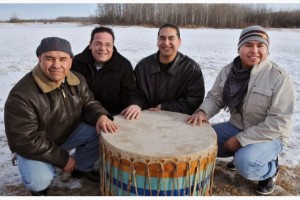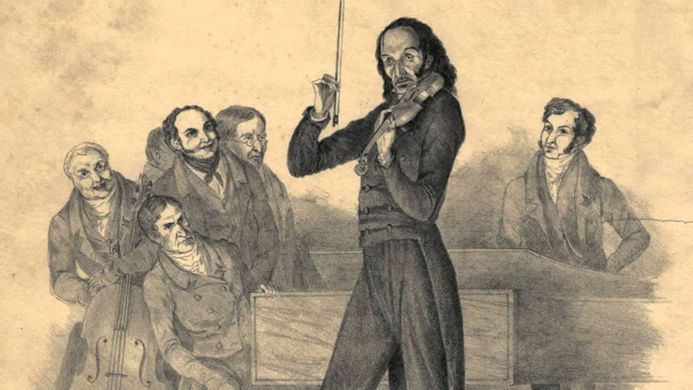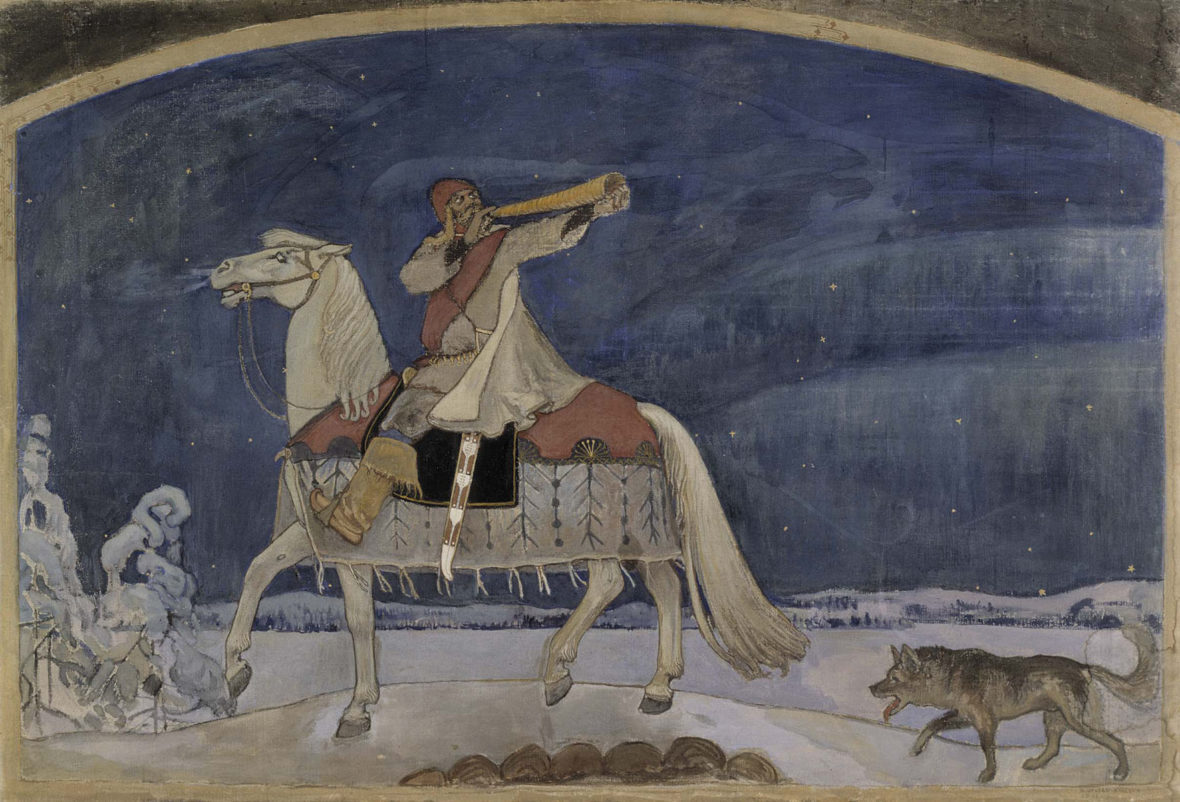When it comes to formal composition in Canada, before 1860, I know of nothing that was composed outside of Québec, the only part of the country with anything resembling an urban culture. There was, of course, plenty of folk fiddling, folk singing, tavern ballads, and hymn singing going on in Ontario, the West, and Atlantic Canada, but only Montréal and Québec City could support professional composers. Most of their work is unobtainable, but a sampling has been put together by l’Ensemble du Nouveau Québec under the title Anthologie de la musique historique du Québec, vol.1 ― l’époque de Julie Papineau, 1795–1862. As you might guess, it is pretty tame, provincial stuff, polkas, mazurkas and art songs of modest ambition. The most ambitious piece seems to have been Joseph Quesnel’s comic opera Lucas et Cécile (c. 1808), of which only the vocal parts survive. The two excerpts on the album display some panache, but they would have been old-fashioned in style at the time of their composition. All the works, by Quesnel, Frédéric Glackemeyer, Théodore Molt, Charles Sabatier, Ernest Gagnon, Célestin Lavigueur, and Antoine Dessane have the charm of small drawing-room compositions in a backwoods environment. They are most vigorous when they draw on folk material and local themes. However, the environment wasn’t entirely unsophisticated: Dessane made a setting of Alphonse Lamartine, at the time an avant-guarde poet. Nothing on the album, however, comes close to the impact of its best track: Antoine Gérin-Lajoie’s “Un Canadien Errant”. Strictly speaking, Gérin-Lajoie merely wrote evocative (and, at the time, politically charged) lyrics for a traditional folk song, but these lyrics are so perfect ― an exiled patriot, after the Rebellion of 1837, wanders the world, shedding tears of homesickness ― that earlier folk versions were entirely supplanted. The song has been performed by an astonishing variety of artists, ranging from Nana Mouskouri to Paul Robeson, as well as virtually every Canadian folksinger.



